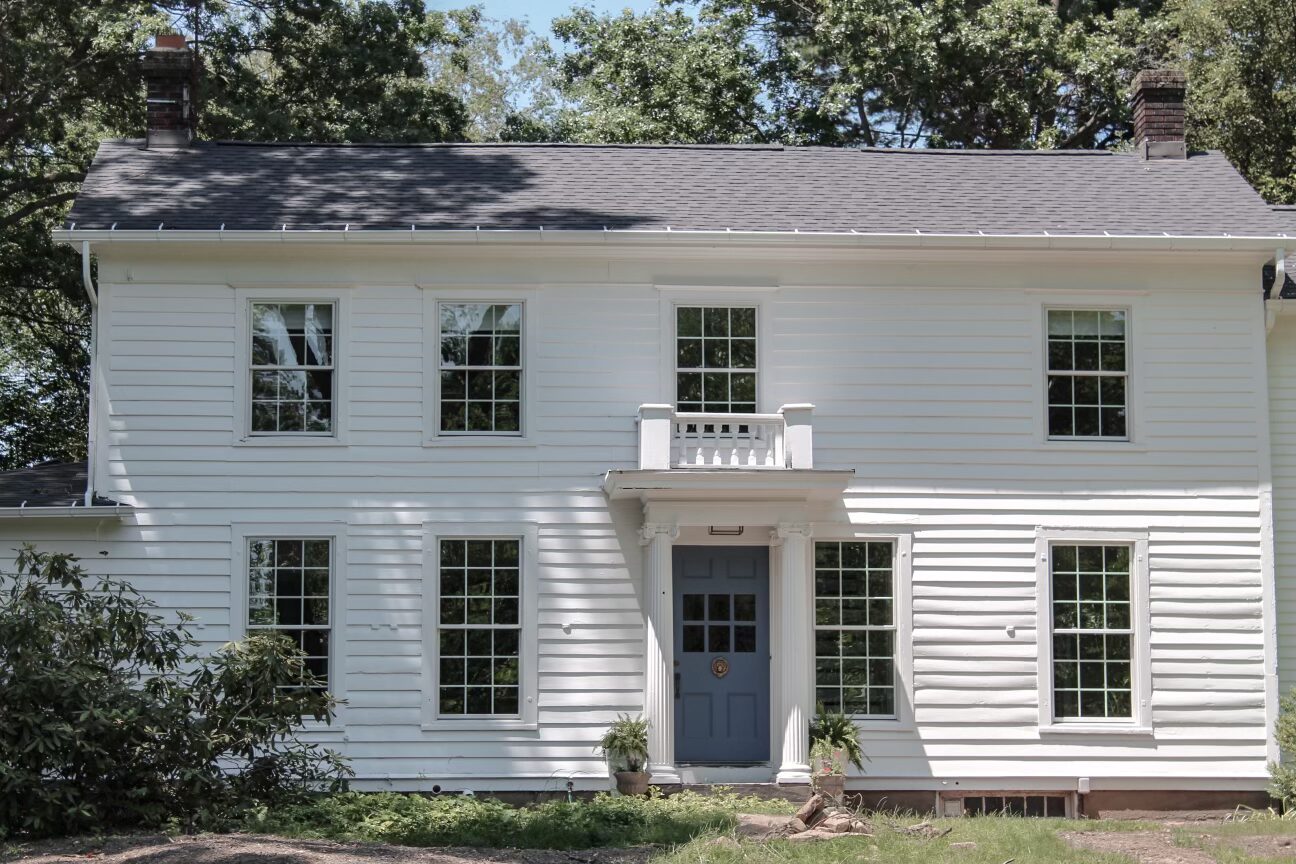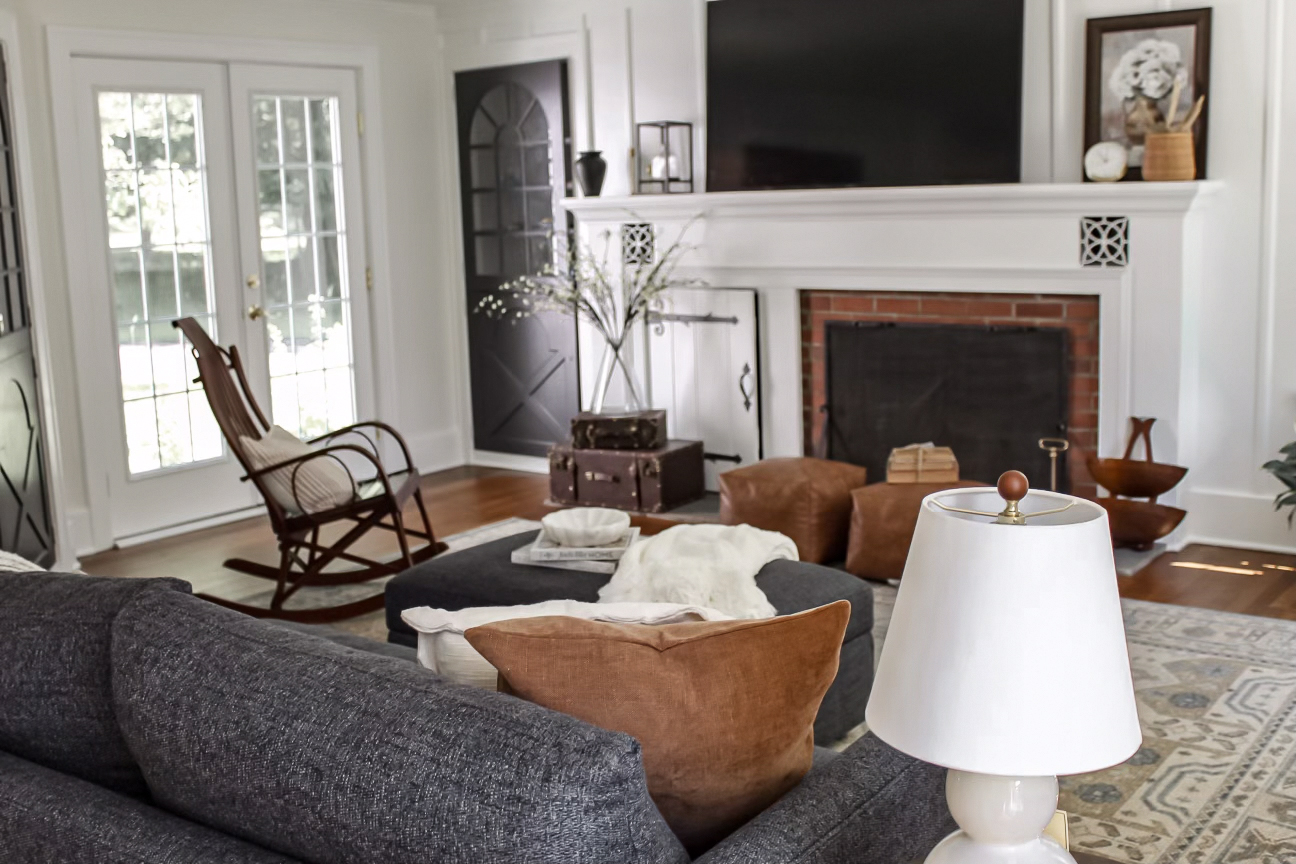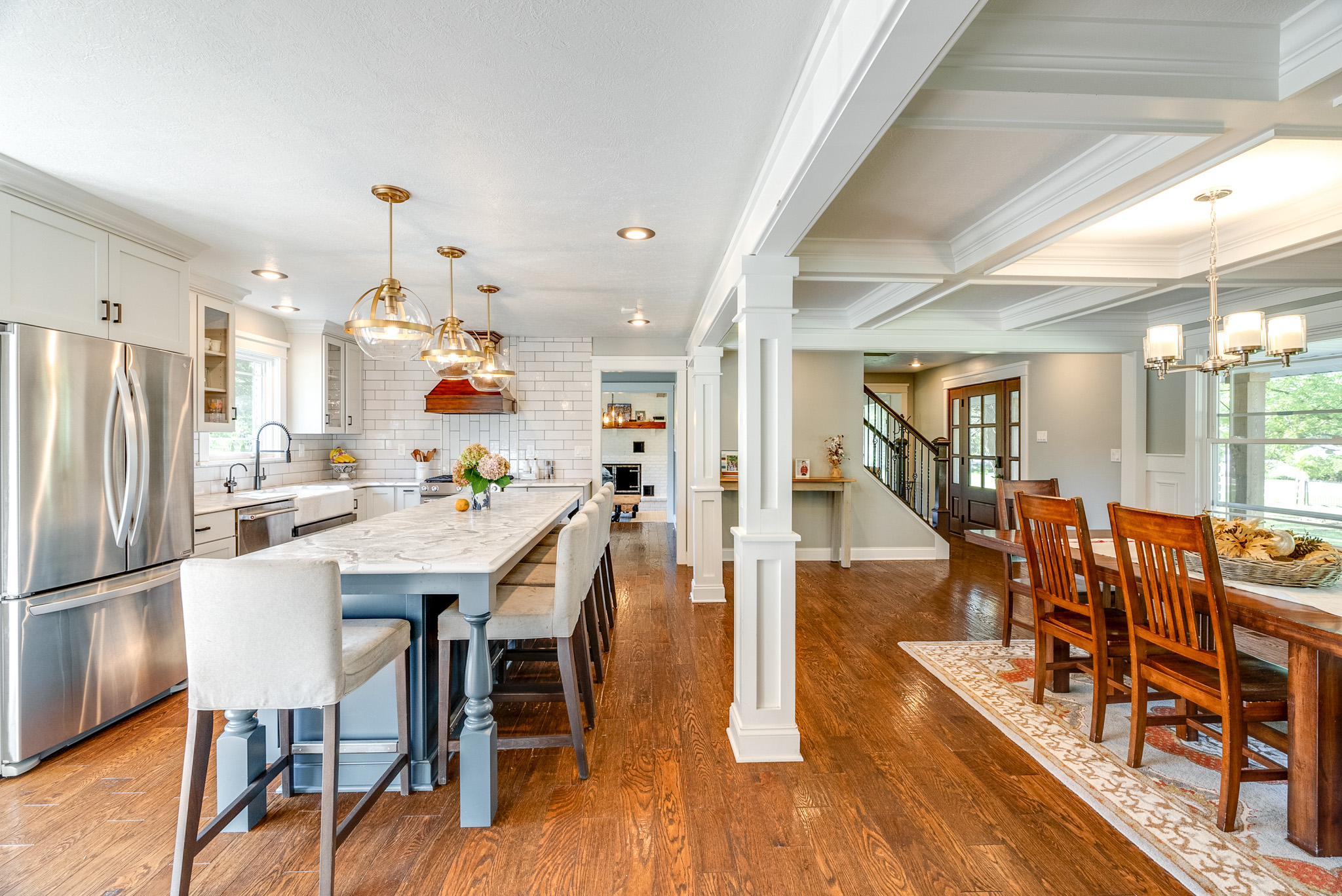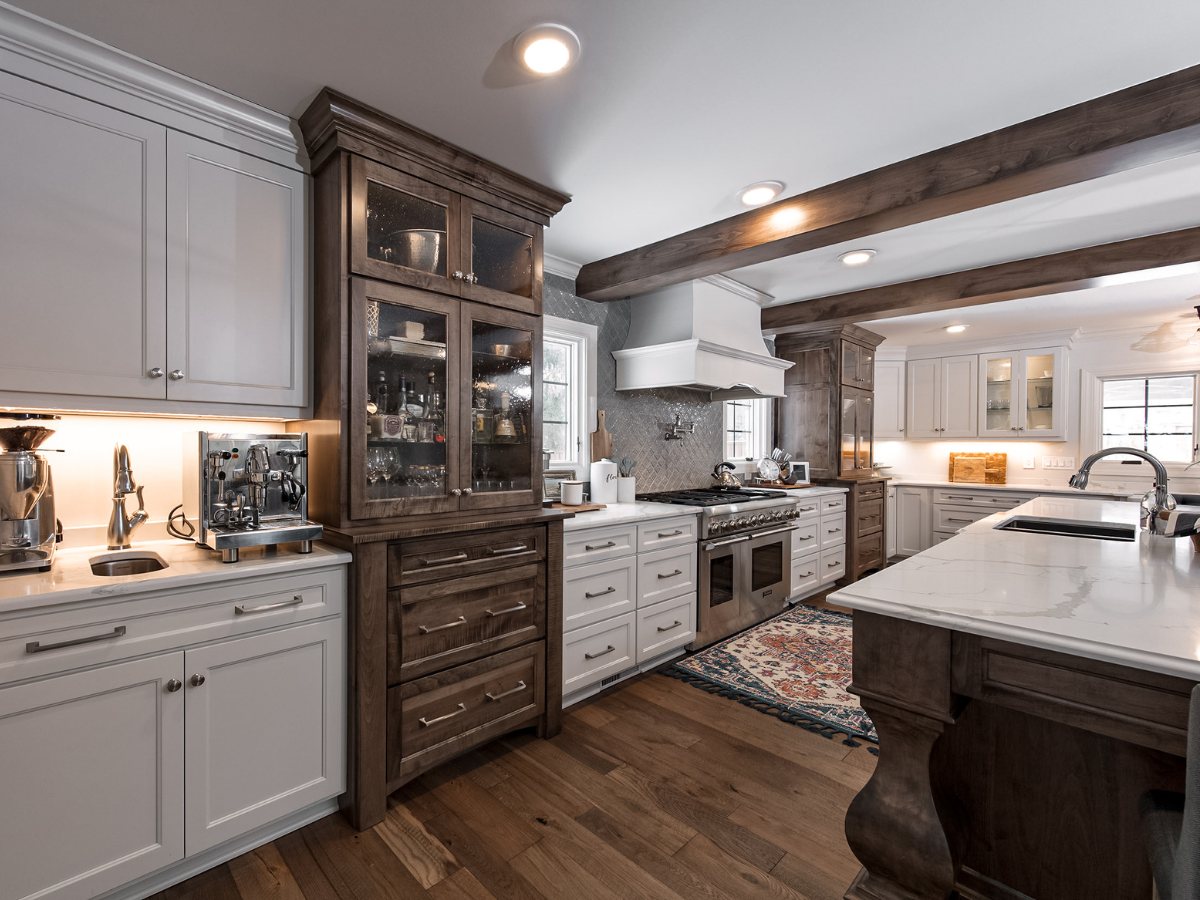In Ohio, home additions typically return between 20% and 50% of their total cost upon resale. ROI varies by project scope: standard additions yield the best return due to their lower costs and broad appeal, while high-end, multi-story additions see lower returns because of their high upfront investment.
Estimated ROI by Addition Type
| Tier | Size Range | Cost Range | Value Added | Estimated ROI (%) |
| Basic | 150–300 sq ft | $60,000–$100,000 | $24,000–$50,000 | 40–50% |
| Expanded | 300–650 sq ft | $100,000–$180,000 | $30,000–$72,000 | 30–40% |
| Premium | 650–1,300+ sq ft | $180,000–$350,000 | $36,000–$105,000 | 20–30% |

Basic Addition ROI: 40–50%
Basic additions provide functional square footage at a lower cost, making them the most ROI-efficient type of home expansion in Ohio. These projects usually include new bedrooms, dens, sunrooms, or family rooms. Sizes range from 150 to 300 square feet, with total project costs between $25,000 and $50,000.
What’s Included in a Basic Addition
- Finished walls, ceilings, and floors
- Pre-finished hardwood or LVP flooring
- Minimal structural modifications
- Connection to existing HVAC system
- Basic electrical and lighting installation
Why the ROI Is Strong
Basic additions are cost-effective and meet universal homeowner needs. They appeal to a broad audience, particularly buyers looking for practical upgrades in affordable homes. Since there’s little risk of overbuilding, these additions provide strong value without inflating property taxes or triggering costly permitting.
Expanded Addition ROI: 30–40%
Expanded additions involve more square footage and functional improvements such as new powder rooms, kitchen extensions, or laundry rooms. These additions usually fall between 300 and 650 square feet, costing $100,000 to $180,000, with value added ranging from $30,000 to $72,000.
Features Typical of Expanded Additions
- Partial kitchen or bath remodel
- Addition of a laundry area or powder room
- Finish-in-place hardwood flooring
- Enhanced windows and doors
- New HVAC zone or system expansion
Why the ROI Slightly Decreases
The ROI dips slightly because of the higher material and labor costs, as well as the increased complexity. While these features improve functionality, their appeal depends on buyer preferences. Not all prospective homeowners will value laundry expansions or deluxe finishes equally, which can cap resale returns.
Premium Addition ROI: 20–30%
Premium additions are large-scale projects, typically 650 to 1,300+ square feet, involving multi-room or two-story expansions. Costs range from $180,000 to over $350,000, while added value may reach up to $100,000.
Inclusions of Premium Additions
- Major kitchen or bathroom overhauls
- Construction of a new primary suite
- Vaulted ceilings, fireplaces, luxury finishes
- Structural upgrades, complex roofline integrations
- Full HVAC system additions, multiple zoning changes
Why the ROI Is Lowest
These projects are often highly customized, pushing costs far beyond what many buyers are willing or able to pay. The risk of overbuilding—where the addition is out of step with neighborhood norms—can limit appraised value. That said, premium additions often offer unmatched quality of life for homeowners planning to stay long-term.

ROI by Feature Type
| Feature | Impact on ROI | Notes |
| Added bedroom or living space | High | Simple space additions have broad appeal |
| Kitchen/bathroom expansion | Medium | Improves functionality, but higher cost |
| Second-story addition | Medium–Low | High value added but high cost limits ROI |
| Vaulted ceilings, fireplaces | Low | Appealing, but expensive and niche |
| Structural & utility upgrades | Low | Often essential but not fully recouped |
What Drives ROI in a Home Addition?
Square Footage and Simplicity
The more usable space you add at a reasonable cost, the better your ROI. Basic rooms like bedrooms or family rooms are cost-effective to build and increase a home’s overall marketability. Additions that are too large or complex can overcapitalize a home, especially in mid-range Ohio neighborhoods.
Functional Improvements
Additions that serve a purpose—such as additional bathrooms, bedrooms, or storage—tend to yield better returns. Spaces with clear uses are more valuable to potential buyers than ornate upgrades or bonus rooms with ambiguous function.
Material and Finish Level
Material choices have a big impact on cost, but only a moderate effect on ROI. Pre-finished flooring, standard-grade doors and windows, and painted drywall yield nearly the same return as luxury finishes but at a much lower cost. Custom millwork, intricate tile, or smart home systems often go underappreciated in resale calculations.
Integration with Existing Home
The better the addition blends with the original structure, the more valuable it feels. Poorly integrated additions that look tacked on can lower the home’s appeal—even if they add square footage. Attention to siding, roofing, foundation height, and trim continuity all factor into appraised value.
Permit and Zoning Complexity
Projects that require zoning variances or site-specific modifications (such as hillside excavation or stormwater management) can eat into profit. These additions can be essential for lot-challenged homes but tend to offer the lowest ROI unless executed very strategically.
ROI by Room Type
| Room Added | ROI Potential | Comments |
| Bedroom | High | Adds functional value, especially for growing families |
| Bathroom | High | Costly to build but improves appraised value if home lacks enough baths |
| Laundry Room | Medium | Nice-to-have, often expected in larger homes |
| Kitchen Extension | Medium | High utility, but higher costs reduce ROI |
| Great Room/Family | High | Broadly appealing for lifestyle and resale |
| Home Office | Medium | Useful post-pandemic, but ROI varies by market |
How to Maximize ROI on a Home Addition
Align with Neighborhood Norms – If your home is in a neighborhood of 2-bed, 1-bath homes, a 5-bed, 4-bath home may not fetch enough to justify the cost. Avoid overbuilding beyond local comparables.
Prioritize Function Over Flash – Instead of going all out on marble floors or vaulted ceilings, invest in square footage, smart layouts, and energy-efficient systems that will actually add utility.
Work with Experienced Professionals – Element Design Build Remodel guides clients through the entire process, ensuring that additions look and feel original to the home. This continuity adds appraised value and long-term satisfaction.
Think Long-Term Usability – Even if you plan to stay in your home, consider who might buy it next. Flexible spaces like a guest suite, bonus room, or accessible bedroom will appeal to the broadest range of future buyers.
Minimize Redundancy – Avoid repeating square footage unnecessarily. For example, a second laundry room may be useful, but not every buyer will value it enough to justify the cost.
Final Thoughts
Home additions in Ohio can be one of the most satisfying and useful investments you make in your property. While the ROI ranges from 20% to 50%, the true value lies in enhanced livability, comfort, and future flexibility. Standard additions yield the highest return on investment by keeping costs manageable and meeting common buyer needs. Expanded and premium additions still offer excellent lifestyle improvements, but may deliver lower returns financially.
By carefully aligning your home addition with your budget, goals, and neighborhood trends, you can create a space that not only adds square footage—but also lasting value. If you’re considering a home addition in Ohio, reach out to Element Design Build Remodel to explore smart, ROI-driven designs tailored to your home and your life.



